Are you planning to repaint the walls of your home and trying to figure out how many coats are needed? Paint jobs are an investment of time and money, so you need to do it right the first time. It can be confusing when determining what will dictate the number of coats necessary for a successful and lasting job. To help guide your paint prep process, this article will cover everything you need to know about paint quality, products, colour change complexity and more — all elements that play an integral role in deciding just what kind of coverage is right for your wall painting project!
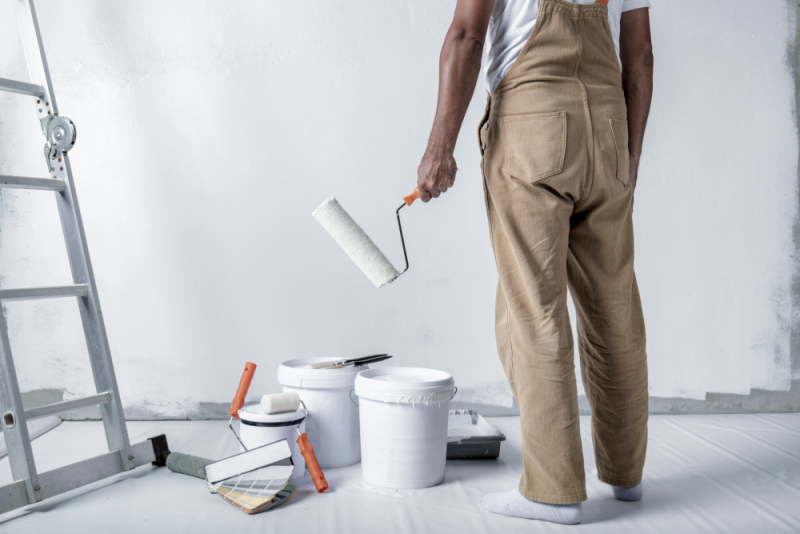
Overview of what’s needed for a successful and lasting paint job
When it comes to painting any surface, the number of coats of paint you apply is a crucial determining factor in the success and longevity of your job. Properly applying multiple coats of paint not only ensures a better-looking finish but also provides greater protection against moisture, mildew and wear and tear.
For most general-purpose painting jobs two coats are usually sufficient. However, some surfaces may require more to achieve a professional-looking job.
It is important to remember that each coat must be thoroughly dry before applying the next coat; generally speaking, this means allowing at least 2 hours between each coat and making sure there is good ventilation during drying times.
Interior painting: 1 or 2 coats?
What Determines The Number Of Coats Necessary?
The number of coats necessary for a given project is determined by a few different factors. First and foremost, the type of surface you are painting will determine how many coats of paint you need. For example, textured ceilings, are highly absorbent and will, usually, require two coats of paint.
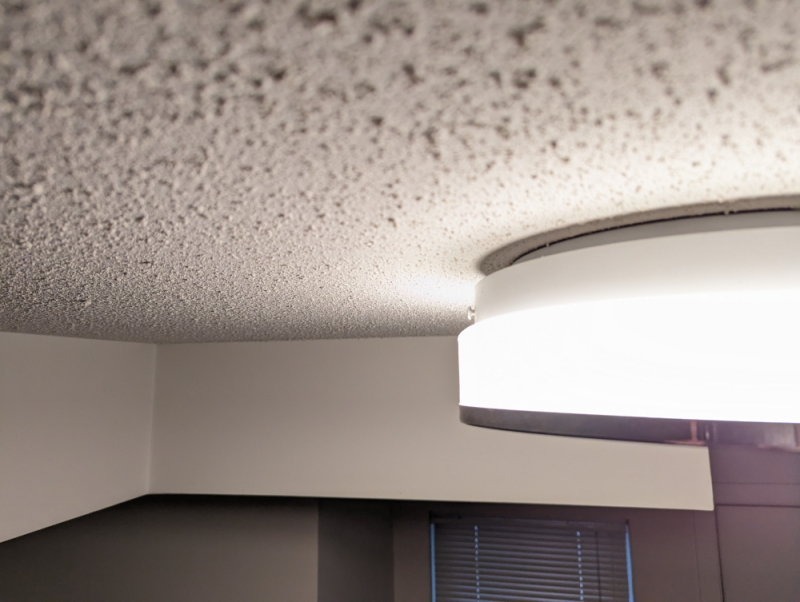
The colour you choose can also affect the number of coats needed. Some deep, bright colours such as red, blue and green may need a grey primer and then two and sometimes three finish coats.
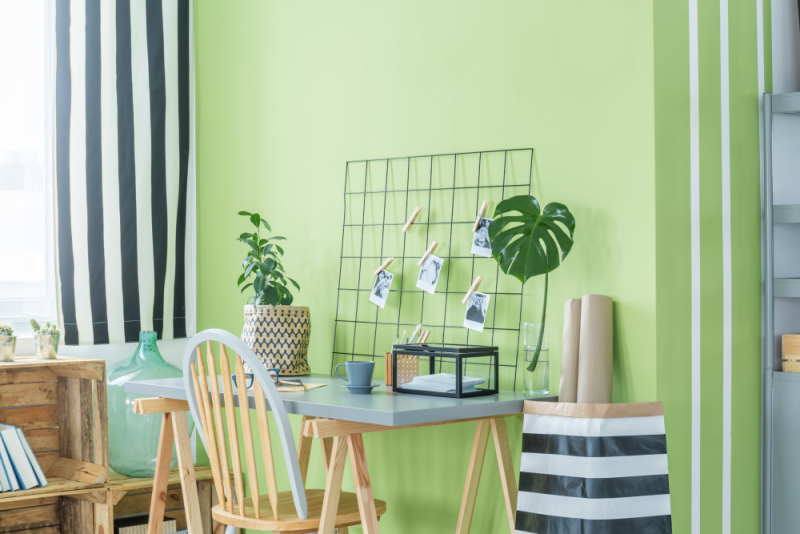
Finally, the quality of your chosen paint can affect how many coats you need as well. Better quality paint will be made with better raw ingredients. This will result in a better finish, more washability, resistance to scuffing and general longevity.
Paint coverage
Paint coverage refers to how much square footage a given can of paint covers in one coat.
The type of surface being painted will also have an impact on coverage, as porous surfaces tend to require more paint than smooth and/or non-porous ones. For example, concrete walls are more porous than drywall and therefore might require double or triple the amount of paint to achieve full coverage. Additionally, some paints offer better coverage than others because they contain special blends that reduce the number of coats needed for complete saturation.
Priming
Priming the surfaces before painting can make a big difference. Just one coat of primer is needed and will make a big difference in coverage.
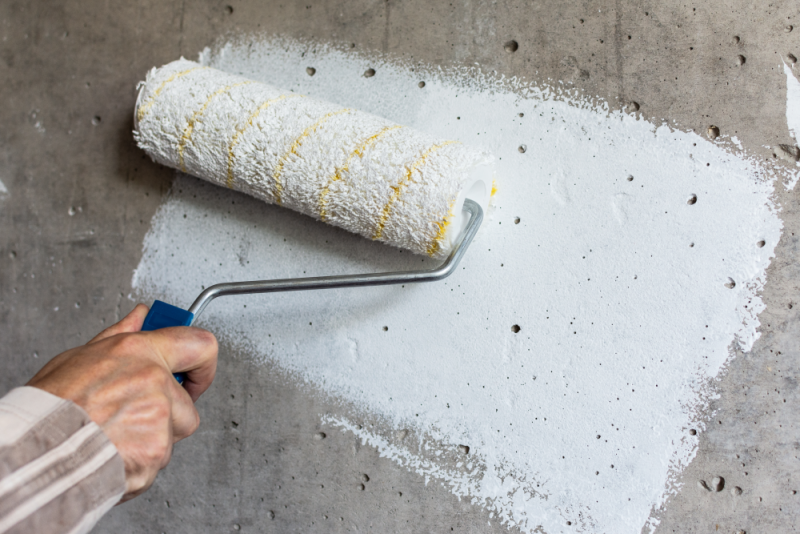
What is Hiding and how does it impact the number of coats?
When it comes to painting, hiding power refers to how well the paint can conceal the colour underneath.
The degree of hiding power in a given paint will be dependent on its shade and opacity.
White is a poor hiding paint, while darker colours are a better hide
In general, white paints are considered poor hiding paints because they lack the depth of colour, meaning they will not fully cover underlying colours. On the other hand, darker shades like blacks, blues and grays are considered better at hiding the previous colour since they have more pigment and can provide better coverage.
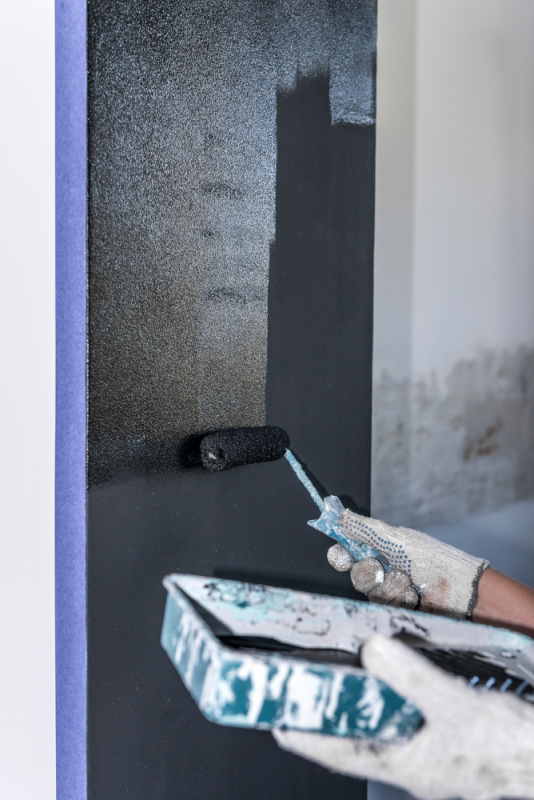
The impact of paint Quality on the number of coats needed
Higher-quality paints feature better binders and additives that help the paint adhere to surfaces, which results in a smoother finish with fewer visible brush strokes. They also contain more pigments that give the paint colour greater depth and vibrancy. Furthermore, premium-grade paints often have additional features like mildew resistance and are more likely to be washable.
Though higher-quality paints tend to cost a little bit more upfront, they often last much longer and provide better coverage than lower-grade alternatives—meaning you don’t have to worry about needing one coat of paint over another.
Colour change complexity
When it comes to painting, the complexity of changing from a dark colour to a lighter one can be quite challenging. White colours tend not to hide very well and often require two or more coats of paint to completely cover the darker shade.
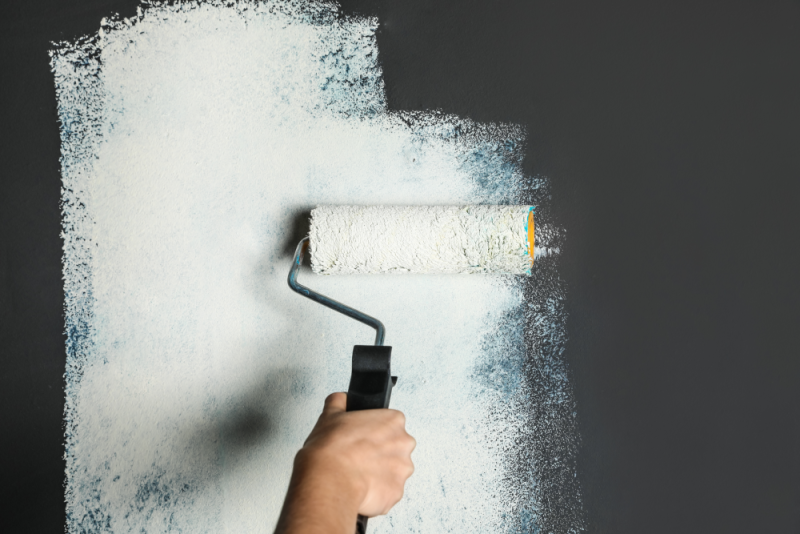
In addition, yellow and red colours are particularly difficult to get the full depth of the colour, so applying a deep base primer is recommended before attempting to apply any other colour over the top.
How to get great results with Fewer Coats
To get the best results check with the paint supplier to see if you need a deep base primer or just a half tint of the top coat.
How Many Coats Are Needed When Painting With the Same or Similar Colors?
When it comes to painting with the same or similar colours, only one coat is usually all that’s needed. This is especially true if the sheen of the paint is the same or very similar. It’s important to think about this when selecting a paint because choosing a different sheen can make painting a single coat more difficult.
For example, if you choose a flat finish for your walls but then select a semi-gloss finish for your trim, you may experience issues such as pinholes where the original colour and sheen are visible through the new layer of paint.
You generally do not need a second coat of paint when painting the same colour and sheen, just one coat is needed.
How Many Coats Are Needed When Painting With Dark to Light Colors?
Painting with light colours over darker colours can be tricky and requires more effort than painting lighter colours over darker ones.
To achieve the desired finish, most experts recommend three coats of the finish coat. The first coat could be a primer or just use the finish coat.
Tips for Improving Paint Coverage and Hiding Power
Firstly it is important to use good-quality paint to get the best results. When you’re using high-quality paint, it will not only provide better coverage but also provide better hiding power.
You should also choose the best tools for your painting project. Quality tools mean that you’ll be able to apply an even coat of paint with fewer brush marks or other imperfections.
The best investment may be to hire a professional painter who has experience and references. A professional can ensure that your walls are coated properly and that they have good hiding power.
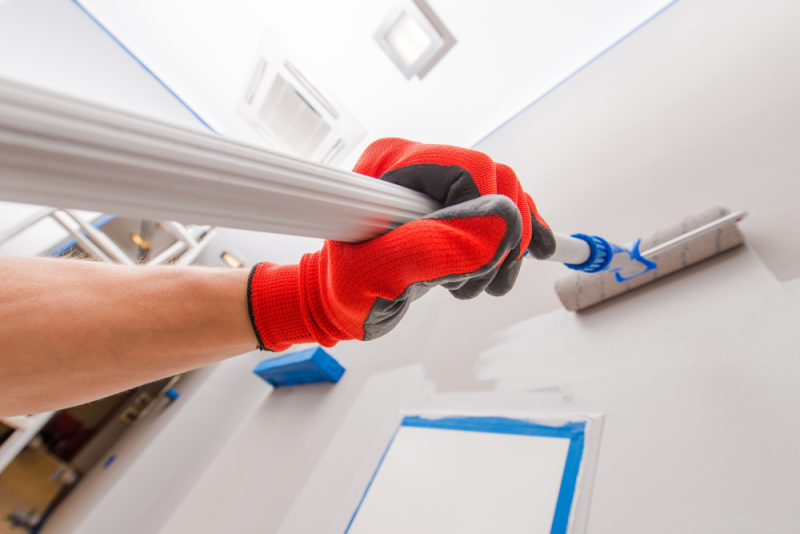
No matter what type of paint you use, proper preparation of the surface is key to getting a great finish. This means filling any cracks or holes in walls before painting them, removing wallpaper if necessary and washing off any dirt or grime from the surface. The correct number of coats, good coverage and hiding are pretty much useless if you are painting over surfaces where the prep work was not done properly.
In Conclusion
Painting with the right number of coats is essential to achieving a successful and lasting job. The number of coats can depend on several factors, such as paint coverage, hiding power, quality of paint used, and the complexity of colour changes.
Generally speaking, when painting with the same or similar colours, one or two coats are usually sufficient; however, if you’re attempting to move from dark to light then a third coat may be required for the desired finish.
Read more here to find out more about appropriate amounts of paint per surface area!
Frequently Asked Questions:
Is there such a thing as one coat coverage paint?
Suppliers say that they have paint that will cover the existing colour in one coat; however, the author has not found that to be 100% accurate.
What about exterior painting and the number of coats needed?
Exterior paint is generally a two-coat system when changing colours, and applying over weathered paint. If it is the same paint colour and in good shape then one coat will work.
What does paint do?
Paint serves as a way to protect the surfaces of the home and to beautify it at the same time. Think of it as sunscreen and makeup.
How do I choose the right paint colour?
Hire a colour consultant. Ask us and we can make some recommendations.
Is a one-coat paint job possible?
Yes, if you are going to paint the same colour and sheen.

